Climate change has significant and far-reaching impacts on marine life, disrupting ecosystems, driving species migrations, and multiplying extreme marine events. This report compiles insights from multiple sources to provide a comprehensive overview of how global warming is affecting the oceans and the life they support.
Warming Oceans
The earth's oceans are experiencing unprecedented warming due to the accumulation of greenhouse gases in the atmosphere. Since oceans absorb about 90 percent of the excess heat trapped by these gases, they have now reached record temperature levels[2][3][4][5][7]. Every day for the last 12 months, the average temperature of the sea’s surface has been the highest ever recorded for those calendar dates[3]. This continuous heating has been exacerbated by natural climate phenomena like El Niño, which shifts warm waters across the tropical Pacific Ocean and contributes to these temperature spikes[3][4].
Sea-Level Rise
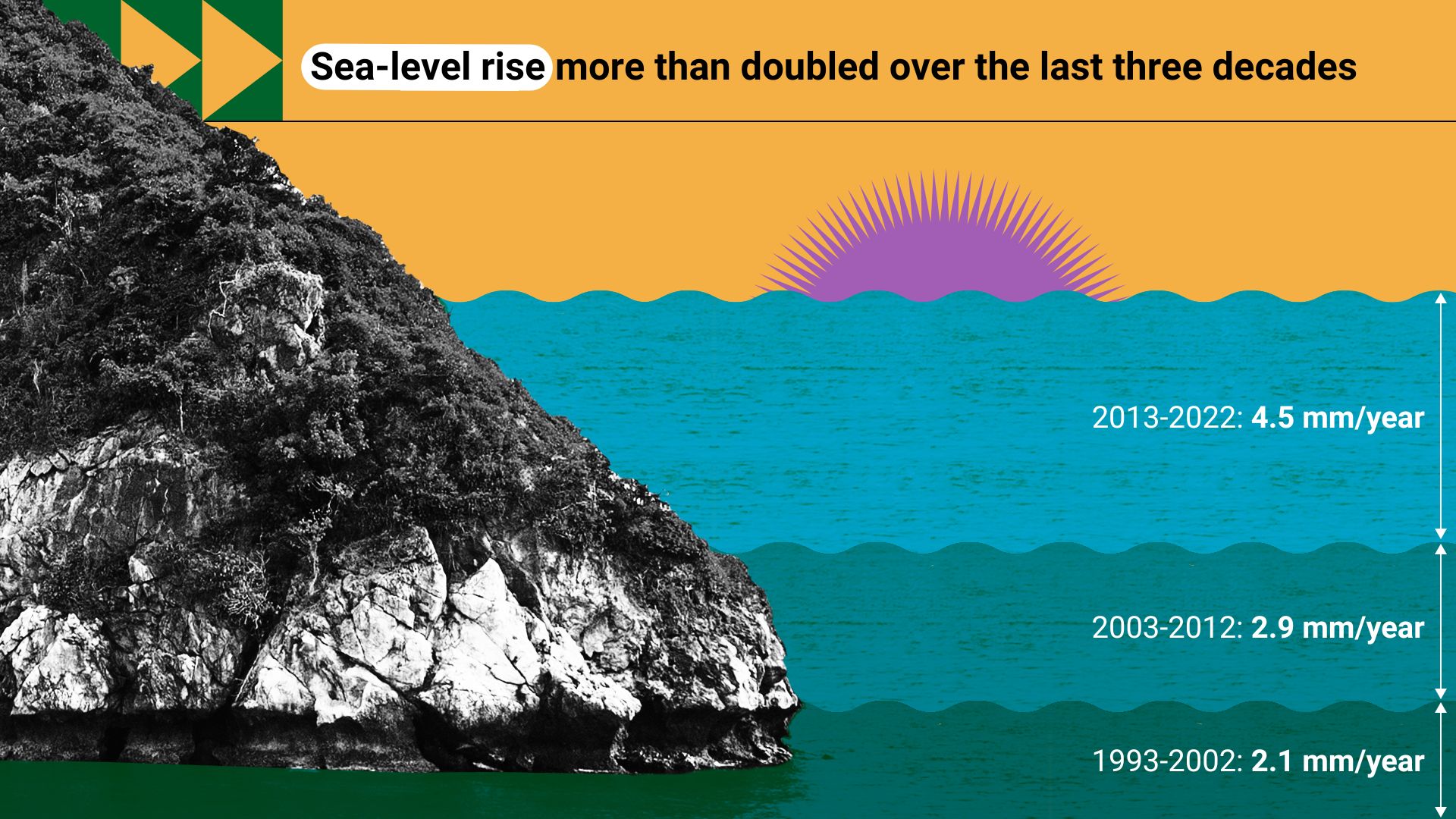
One of the major impacts of climate change is rising sea levels, driven by melting ice sheets and glaciers and the thermal expansion of seawater. The global mean sea-level reached a new record high in 2021, rising an average of 4.5 millimeters annually from 2013 to 2021[2]. This rise amplifies extreme weather events, contributing to deadly storm surges, flooding, and coastal erosion[2]. Regions such as the western Tropical Pacific and the South-west Indian Ocean are experiencing this rise more rapidly than other areas[2].
Marine Heatwaves
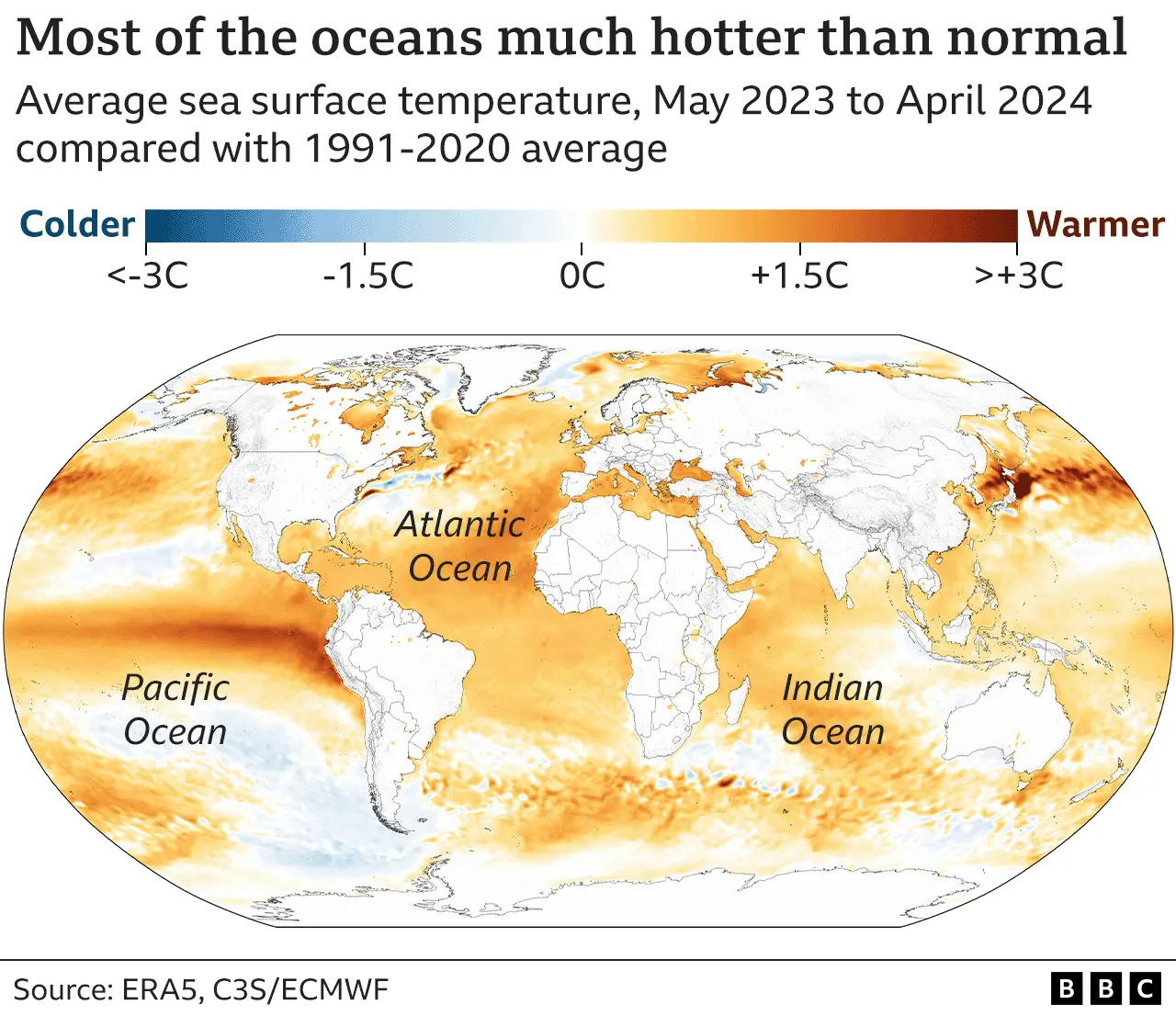
Marine heatwaves have doubled in frequency and have become increasingly intense and prolonged[3]. Human activities have been identified as the main driver of ocean heat increases since the 1970s[2][3]. Approximately 60 percent of the world’s ocean surface experienced at least one period of marine heatwave in 2021, which led to widespread coral bleaching and reef degradation[2][3][4].
Coral Bleaching
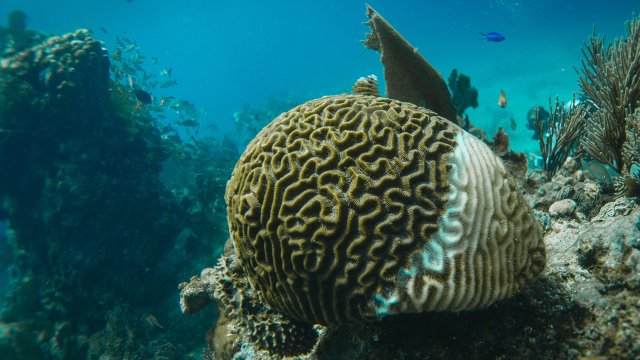
Coral reefs have been severely affected by rising ocean temperatures. When stressed by excessive heat, corals expel the symbiotic algae living in their tissues, leading to coral bleaching. This results in the loss of vital marine ecosystems that support around a quarter of all marine species[2][3][4]. The latest data indicates that the world's coral reefs could experience bleaching events every year by the end of the century if current warming trends persist[2]. The ongoing global coral bleaching event, which started in early 2023, is the fourth since the phenomenon was first observed in the 1980s and has had devastating effects on coral ecosystems from the Caribbean to the Great Barrier Reef[3].
Loss of Marine Biodiversity
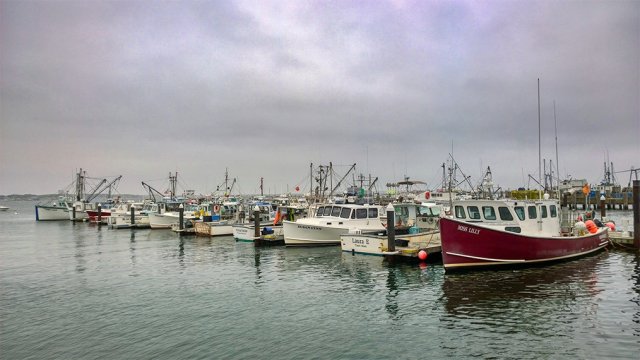
Rising ocean temperatures and acidification are causing significant shifts in marine biodiversity. Many marine species are migrating to cooler waters, while others face extinction[2][6]. The UN Educational, Scientific and Cultural Organization warns that more than half of the world’s marine species may be on the brink of extinction by 2100 if current trends continue. The ecosystems that these species form part of, including vital structures like coral reefs and mangroves, have already seen considerable damage[2][4][6].
Acidification and Hypoxia
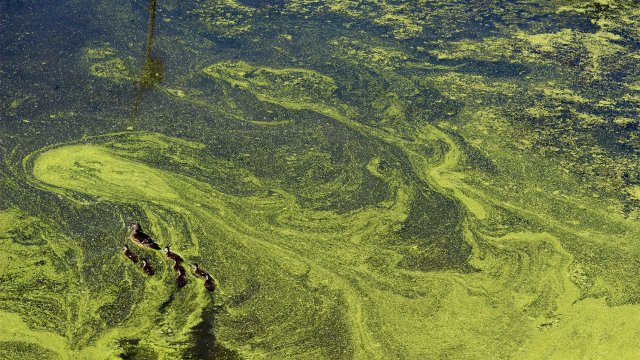
Increasing greenhouse gas emissions also contribute to ocean acidification, which affects many marine organisms' ability to form shells or skeletons. Additionally, reduced oxygen levels, known as hypoxia, can create dead zones where marine life cannot survive[6]. The combination of warming temperatures, acidification, and hypoxia can have devastating impacts on the broader marine and coastal ecosystems, affecting food chains from plankton to apex predators like whales[6].
Impact on Fisheries
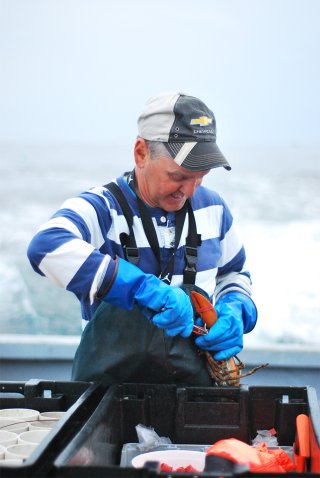
Climate change significantly disrupts marine fisheries, upon which millions depend for food and employment. As fish migrate to cooler waters, the traditional ranges of many species are shifting northwards or to deeper waters, affecting commercial and subsistence fisheries alike[2][6]. This displacement requires fishing vessels to travel further, increasing operational costs and complicating regulatory frameworks, which can impact the livelihoods and food security of coastal communities[6]. Fishery management needs to adapt to these changes to avoid overfishing and ensure the sustainability of fish stocks[6].
Extreme Marine Events

Extreme marine events such as heatwaves, dead zones, and intensified tropical cyclones are becoming more frequent and severe[6]. For example, the Atlantic hurricane season is expected to be hyperactive due to the unusually warm sea surface temperatures, which provide the energy necessary for storm formation[3][4]. Such extreme events pose a direct threat to marine life and can cause substantial socio-economic damage to coastal regions[3][6].
Long-Term Implications
The long-term implications of climate change on marine life are profound. Melting ice sheets and glaciers continue to contribute to sea-level rise, leading to coastal erosion and habitat loss[4]. The persistence of warm ocean temperatures could usher in a new normal, with continuous extreme weather patterns and significant disruptions to marine ecosystems[2][7].
Conclusion
Climate change poses a myriad of dangers to marine life. From rising temperatures and sea levels to the acidification of ocean waters and the increased frequency of extreme marine events, the impact on marine biodiversity and human livelihoods is substantial. Comprehensive and sustained efforts are required to mitigate these impacts and adapt existing practices to safeguard both marine life and the economies that depend on them.
This report synthesizes information from multiple sources to provide a holistic view of the impact of climate change on marine life[2][3][4][5][6][7]. By understanding these impacts, we can better prepare for the challenges that lie ahead and take actionable steps to protect our oceans.
Get more accurate answers with Super Pandi, upload files, personalized discovery feed, save searches and contribute to the PandiPedia.
Let's look at alternatives:
- Modify the query.
- Start a new thread.
- Remove sources (if manually added).